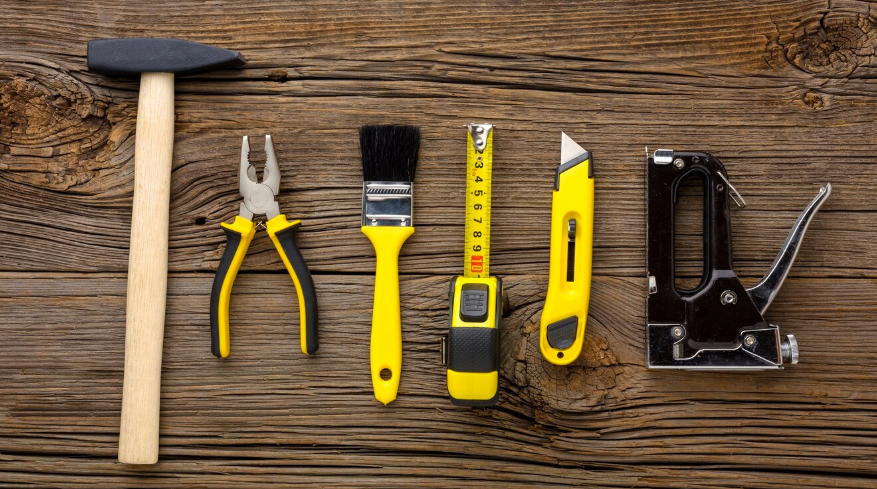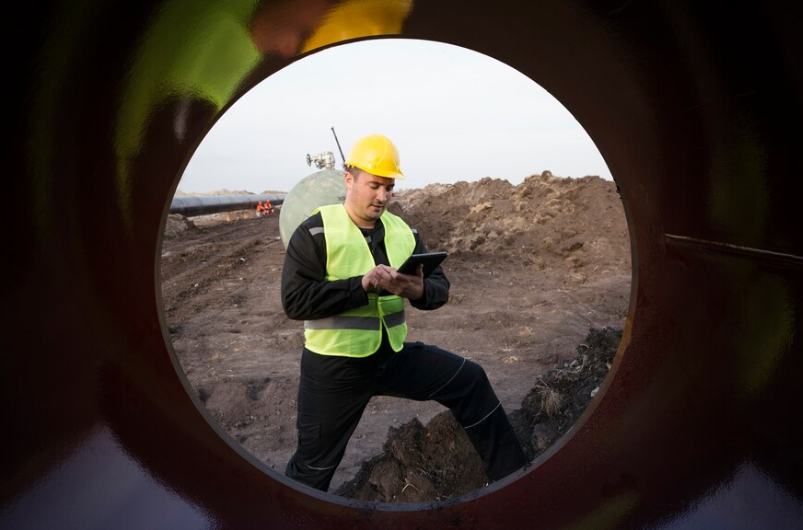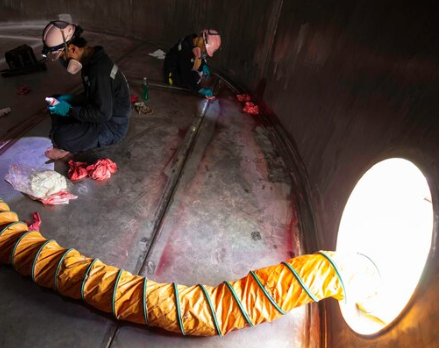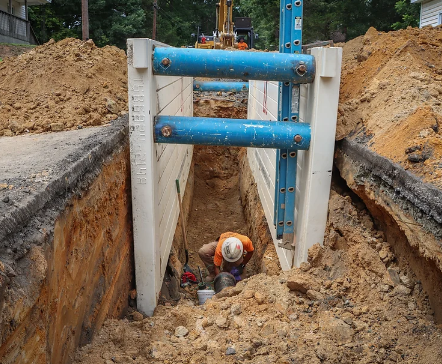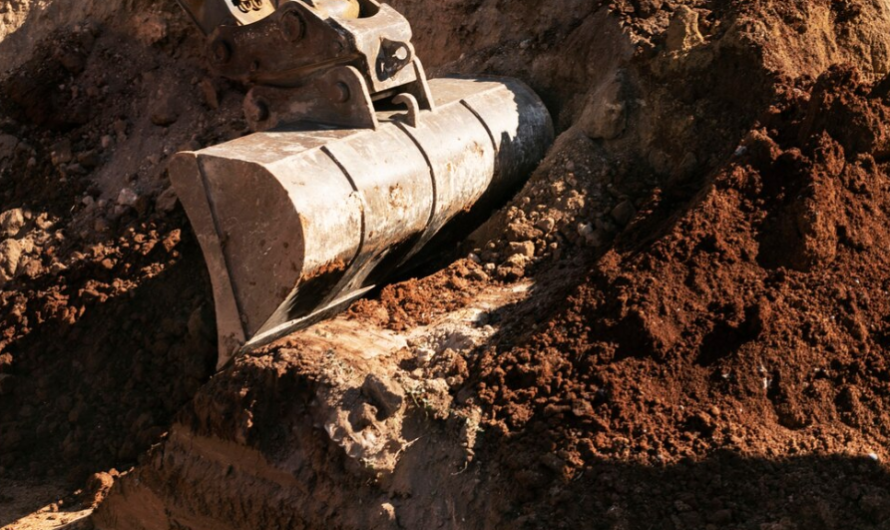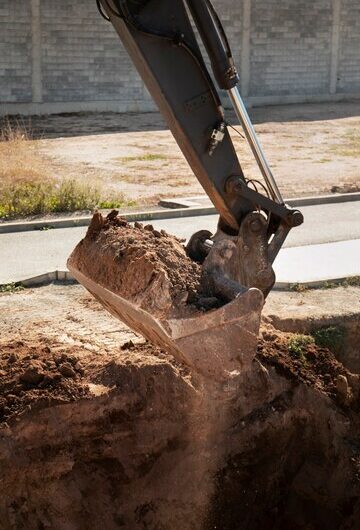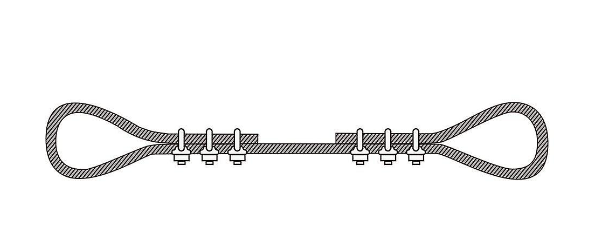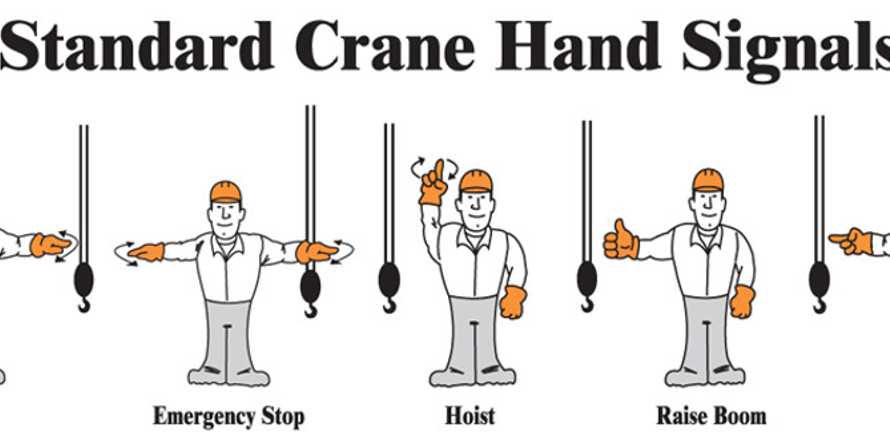34 – SAFETY TALK – Electric Tools – Basic Safety
Electric tools are essential in many workplaces and home environments, providing efficiency and power across various tasks. However, they also present significant safety risks if not handled properly. This safety talk aims to educate workers and users on fundamental principles of electric tool safety, helping prevent accidents, injuries, and potential fatalities.


